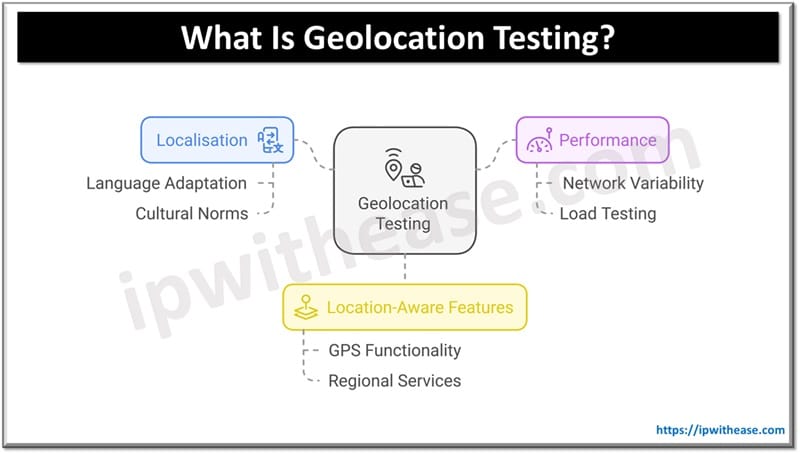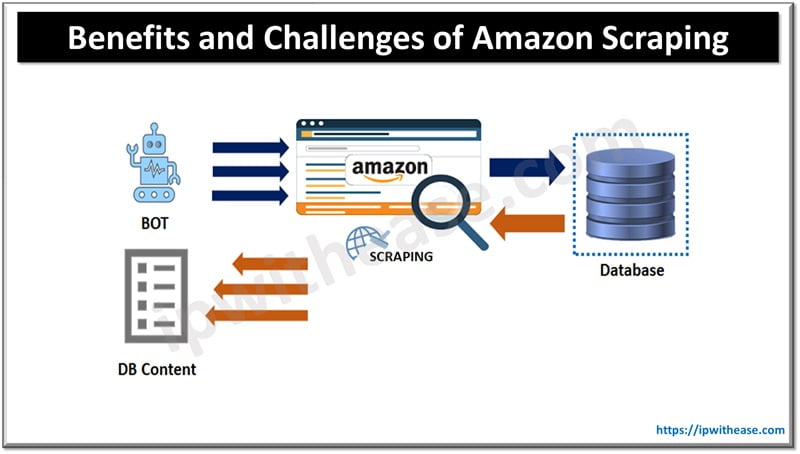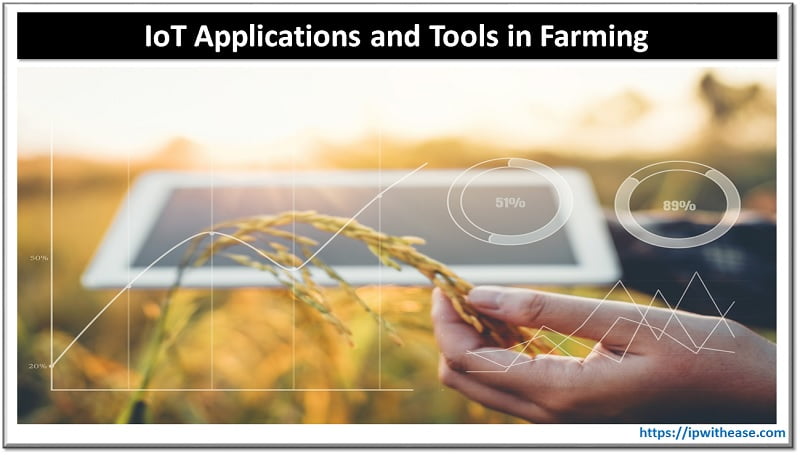Table of Contents
This blog presents mobile applications developed to serve a worldwide market to provide services across different geographic locations. It is very important to maintain the smooth and integrated performance and the similar user experience of the application in all these locations for any mobile application.
Geolocation testing is where this comes in because app usage can be replicated from different geographical locations so that any signs of trouble affecting how the app will perform in a certain area can be tackled before it becomes a major problem.

What is Geolocation Testing?
Geolocation testing is a process of checking the functionality of the mobile application depending on the location of the user.
It guarantees that the app provides a localized user experience, meets the compliance norms of that region, and functions satisfactorily over different networks. The main areas of geolocation testing are localisation, performance, and location-aware features.
What Makes Geolocation Testing Important for Mobile Applications?
1. Ensures Accurate Localization
It becomes crucial when the app is designed for users from different countries or states.
It is not only a matter of translating words and phrases into the target language but also a matter of changing the look and feel of the app to fit the culture of the local audience.
For instance, a shopping application has to show prices in the user’s currency of choice, and a calendar application requires the use of dates in a particular region.
Geolocation testing ensures that such details are correctly integrated, and this makes the application easy to use.
2. Checks on Location-based Functionality personnel application.
Several applications available for mobile platforms have features that are based on the user’s location. Some of the most popular applications that use geolocation include navigation, delivery, and streaming services.
It checks that all these features function well irrespective of the user’s location.
For example, a navigation application has to display proper directions and a streaming service must display content libraries available in the user’s area.
Thus, these functionalities are protected by geolocation testing, which ensures the app’s usefulness and efficiency.
3. Tests Regional Compliance
Mobile app developers need to meet all the legal requirements that are required by the government.
Various countries have set their rules regarding the protection of the users’ data and their content as well as the kind of permissions they allow.
4. Improves performance over diverse network conditions.
Network connectivity is researched very differently across the globe in the present-day scenario.
While cities are lucky to enjoy faster 5G connections, some of the rural areas can only boast of slow 3G connections. Geolocation testing is the assessment of the application in these different conditions.
5. Boosts User Satisfaction
Customers do not want flaws within the mobile apps they use regardless of their location.
An application that does not deliver as expected in some areas may result in a loss of users and bad comments.
What is Geolocation Testing and How to Do It?
Test Websites from Different Locations is not an easy task and needs planning and the right tools to work with. Here are the key steps involved:
1. Define Testing Objectives
It is also important to understand the particular aspects that are to be tested when commencing the process.
These objectives may include confirmatory of localized content or features, examining location-based functionality, or checking on performance under specific network conditions.
2. Geolocation Simulation Tools should be utilized
Today it is possible to perform actions that imitate user access from various countries without actually being in those countries.
VPN services, proxy servers, and cloud-based tools assist the testers in changing their IP location.
3. Test on Real Devices
Although simulation tools are useful, testing on actual devices in the target area gives more precise results.
Real-device testing means it is possible to check such parameters as GPS, a local network, and the UI behaviour in particular conditions.
The Problems Associated with Geolocation Testing
That said, geolocation testing is vital and brings with it its own set of problems. Common obstacles include:
Access to Regional Devices
To capture data for each and every target region, getting physical devices can be expensive and a lot of a hassle.
This problem can be solved by the use of cloud-based solutions through access to virtual devices.
Simulating Real Conditions
Certain features, like particular geographic limitations or some special network characteristics, cannot be either fully described or easily recreated. This problem can be resolved by using simulation tools along with real devices.
Time and Resource Constraints
Geolocation testing can be a strain on time since a lot of planning and resources have to be invested. Some tools are useful in reducing the time that may be wasted in repeating the same tests over and over again.
Evolving Regional Regulations
App functionalities’ legal frameworks are dynamic, so developers have to be up to date with the changes and conduct tests from time to time.
Such opportunities can be addressed with the help of legal advisors or compliance managers as well.
Recommendations for Geolocation Testing
To maximize the effectiveness of geolocation testing, consider the following best practices:
Involve Local Scholars
With the help of professionals who know the areas where the product will be used, the localization and, therefore, the cultural adaptation will be correct.
Their knowledge can give a clue to certain problems, which would not have been noticed otherwise.
It is recommended that testing scenarios are to be updated regularly
When your app moves to new markets further or when there are changes in laws and regulations, modify the testing scenarios to suit these changes. Scheduled testing assures continuity of good user experience.
Conclusion
Modern consumers are increasingly diverse, and they expect mobile apps to work in accordance with their region’s specific legal requirements and perform well even with restricted network access.
Geolocation testing is a perfect way to check not only the functionality of an app and its compliance with the requirements of different countries’ users but also how satisfied the users are with the given app.
ABOUT THE AUTHOR
IPwithease is aimed at sharing knowledge across varied domains like Network, Security, Virtualization, Software, Wireless, etc.



